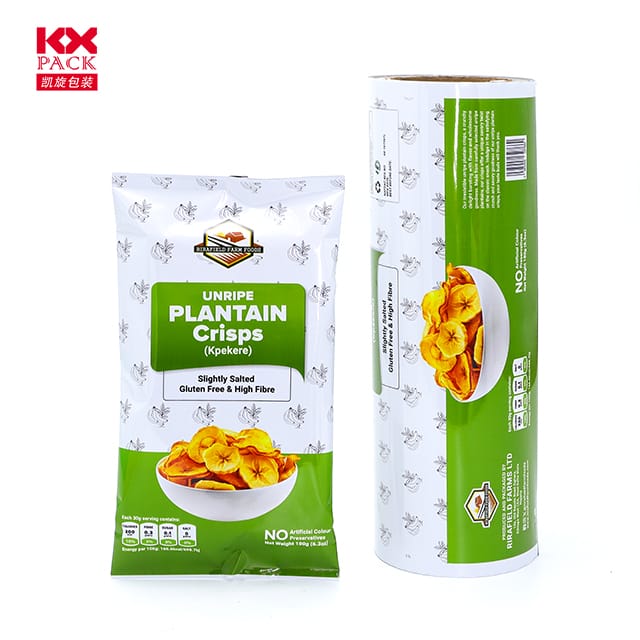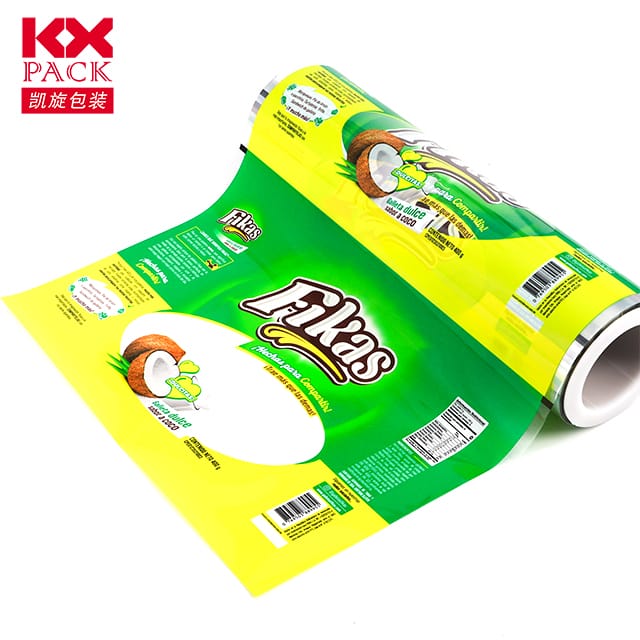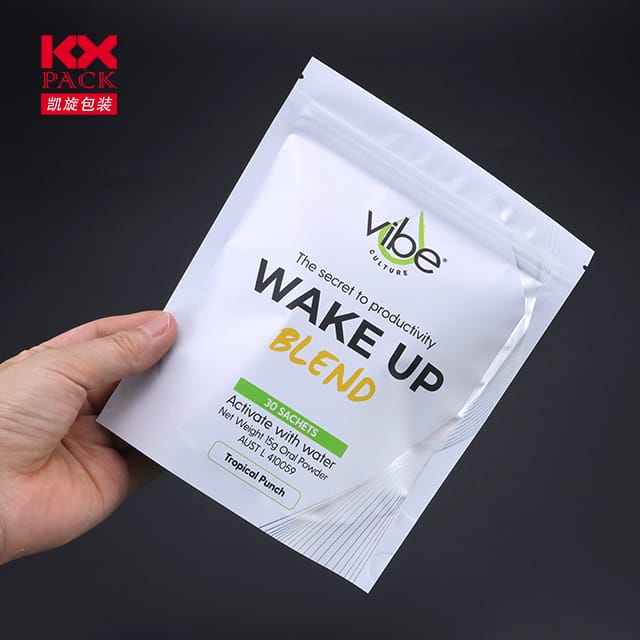ការពិតអំពីខ្សែភាពយន្តប្លាស្ទិករុំ: ភាពងាយស្រួល Vs. វិបាក
ខ្សែភាពយន្តប្លាស្ទិករុំ
In our fast-paced lives, ការរុំប្លាស្ទិចបានក្លាយជាផ្ទះបាយដែលមានភាពវង្វេងស្មារតី, ដេលចេហសបវរកប់, ហើយហាក់ដូចជាមិនអាចខ្វះបាន. ប៉ុន្តែនៅពេលដែលយើងរបកចេញសន្លឹកដើម្បីគ្របដណ្តប់ដែលនៅសល់ឬរុំនំសាំងវិច, វាសមនឹងការផ្អាកដើម្បីពិចារណាលើការចំណាយលាក់លៀមនៃភាពងាយស្រួលនេះ. សូមចូលទៅក្នុងពិភពនៃខ្សែភាពយន្តប្លាស្ទិករុំ, ស្វែងយល់ពីផលប៉ះពាល់របស់វា, alternatives, and smarter ways to use it.
1. The Ugly Truth: Plastic’s Environmental Toll
Every year, over 1 million tons នៃ ខ្សែភាពយន្តប្លាស្ទិករុំ ends up in landfills or oceans. Unlike bottles or containers, plastic film is not recyclable in most regions due to its thin, stretchy nature. It’s a major contributor to microplastic pollution, breaking down into tiny particles that infiltrate ecosystems and eventually our food chain. Marine life often mistakes plastic for food, leading to fatal consequences.
Shocking Fact: A single piece of plastic wrap can take400+ ឆ្នាំ to decompose. By then, it might outlive the tree it was originally made from!
2. Health Risks: What’s Lingering in Your Lunch?
While ខ្សែភាពយន្តប្លាស្ទិករុំ is labeled “food-safe,” concerns persist. Some plastics contain phthalates (chemical plasticizers) linked to hormonal disruptions. Heating plastic-wrapped food in microwaves can release these chemicals, especially if the wrap touches the meal.
Safety Tip: រើសយកBPA-free និងphthalate-free កក្នា, and never microwave plastic directly. Use glass containers instead for reheating.
3. The Good News: Eco-Friendly Alternatives
Fortunately, innovation is tackling ខ្សែភាពយន្តប្លាស្ទិករុំ. Here are smarter swaps:
- Beeswax Wraps: Washable, reusable cloths coated in beeswax and jojoba oil. They mold to bowls and last up to a year with care.
- Silicone Lids: Stretchy, airtight covers for bowls of all sizes. Dishwasher-safe and durable.
- Aluminum Foil: បេញមកវិញ (check local guidelines) and great for grilling or freezing.
- Glass Containers: Invest in airtight jars or containers for long-term storage.
សម្រាប់ព័ត៌មានជំនួយ: For quick covers, try inverted plates or bowl-shaped lid sets made from stainless steel.
4. Smarter Plastic Wrap Habits
If ditching ខ្សែភាពយន្តប្លាស្ទិករុំ entirely feels overwhelming, use it mindfully:
- Reuse: Clean and reuse sheets for non-food items like covering paint cans or wrapping fragile objects.
- កែច្នៃត្រឹមត្រូវ: Check if your local recycling program accepts thick plastic bags (some do). Avoid recycling thin, stretchy wraps.
- Buy in Bulk: Reduce packaging waste by purchasing larger quantities of food stored in reusable containers.
5. Brands Leading the Charge
Companies are responding to demand for greener options:
- Eco-friendly Wraps: ម៉ាកចូលចិត្ត Bee’s Wrap និង Abigail’s Oven offer organic cotton wraps.
- Compostable Films: Made from plant-based materials like cornstarch, though industrial composting facilities are needed.
- Reusable Silicones: Stasher Bags និង Lidology create airtight, leakproof solutions for meals on the go.
Your Choice Matters
Every time you reach for plastic wrap, remember: It’s not just about preserving food—it’s about preserving our planet. Small swaps add up. By choosing reusables, supporting eco-brands, and advocating for better recycling systems, we can unwrap a healthier future.
Final Thought: Convenience shouldn’t cost the Earth. Let’s wrap mindfully, one meal at a time. 🌍🍎
Hashtags: #PlasticFreeKitchen #SustainableLiving #EcoSwap #ZeroWaste #FoodWrapAlternatives






